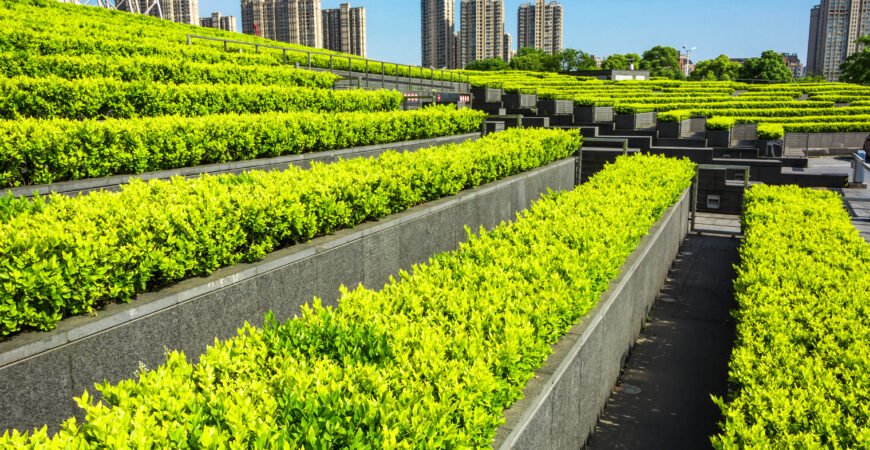Malaysia’s commitment to sustainable development is evident in its burgeoning green building sector. The government’s proactive stance, through initiatives like the Green Building Index (GBI), has spurred a wave of environmentally conscious construction projects. Key factors driving this trend include:
- Economic imperatives: Rising energy costs and the pursuit of operational efficiency have compelled businesses to seek sustainable solutions.
- Environmental concerns: Growing awareness of climate change and resource depletion has fostered a demand for eco-friendly buildings.
- Regulatory pressures: Increasingly stringent environmental regulations have necessitated the adoption of green building practices.

Case Studies: Malaysian Green Building Pioneers
To illustrate the tangible benefits of green buildings, let’s delve deeper into specific projects:
- Petronas Twin Towers: While primarily recognized for its architectural grandeur, the Petronas Twin Towers incorporated several green building elements, such as energy-efficient lighting and HVAC systems. A more in-depth analysis could explore the long-term environmental performance of these features and their impact on operational costs.
- The Gardens Mall: This project offers a compelling case study in mixed-use development. Beyond its green spaces and water harvesting systems, an examination of the mall’s energy consumption patterns, waste management strategies, and indoor air quality could provide valuable insights.
- Sunway Pyramid: As a large-scale commercial complex, Sunway Pyramid presents opportunities to assess the scalability of green building initiatives. A detailed analysis of its energy efficiency measures, waste reduction programs, and the impact on customer experience would enrich the case study.
Overcoming Challenges and Achieving Wider Adoption
While Malaysia has made significant progress, challenges persist in the widespread adoption of green buildings. High upfront costs, a limited pool of skilled professionals, and a lack of public awareness are among the key obstacles. To address these issues, the following strategies are essential:
- Financial incentives: Expanding tax breaks, subsidies, and green bonds to make green building projects more financially viable.
- Skill development: Investing in training programs to create a skilled workforce capable of designing, constructing, and managing green buildings.
- Public awareness campaigns: Promoting the benefits of green buildings through education and outreach programs.
- Policy and regulatory framework: Strengthening building codes and standards to mandate green building practices.
- Research and development: Supporting innovation in green building technologies and materials.
The Road Ahead: A Sustainable Built Environment
Malaysia’s green building journey is still in its early stages. To accelerate progress, a holistic approach is required. This includes integrating green building principles into urban planning, fostering collaboration between government, industry, and academia, and measuring the long-term environmental and economic impacts of green buildings.
By addressing the challenges of an example of green building in Malaysia and capitalizing on opportunities, Malaysia can position itself as a global leader in sustainable development, setting a benchmark for other countries to follow.












